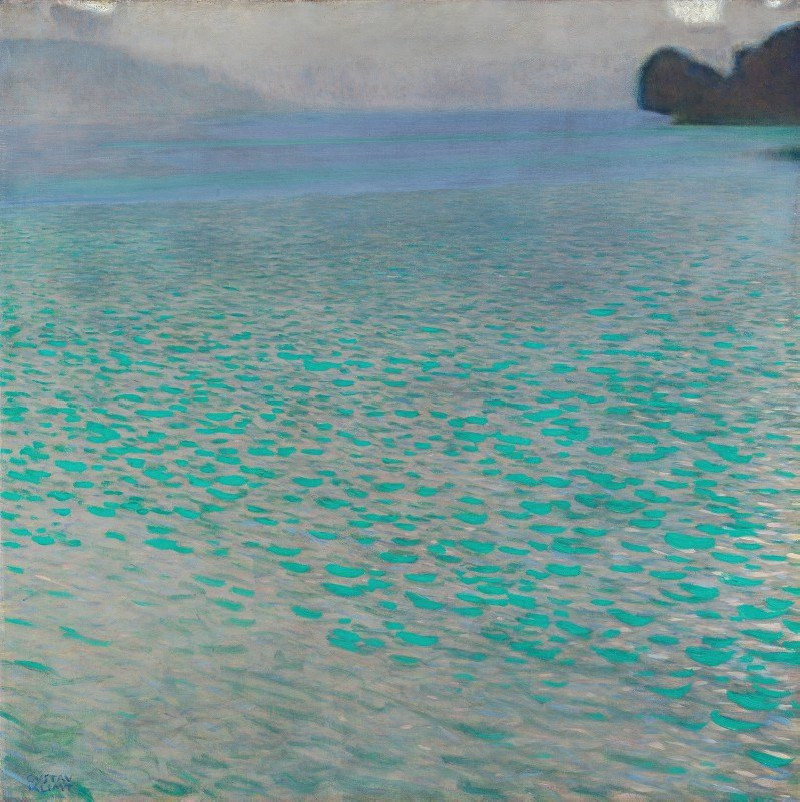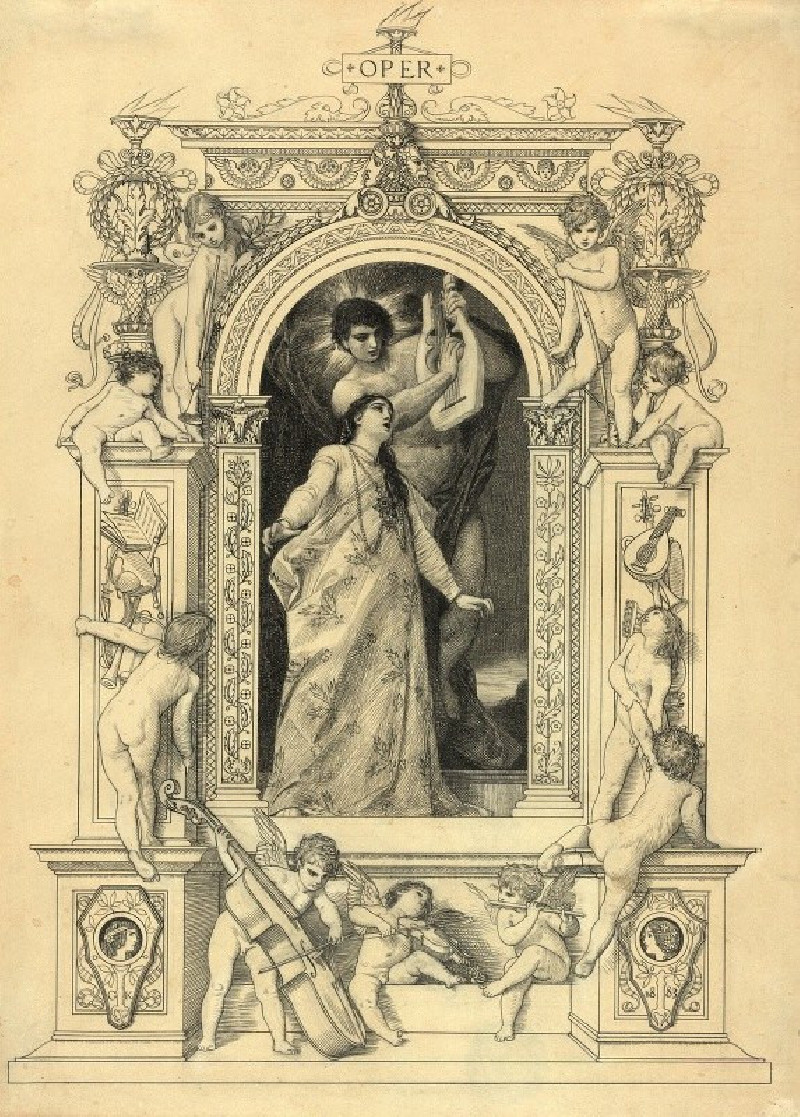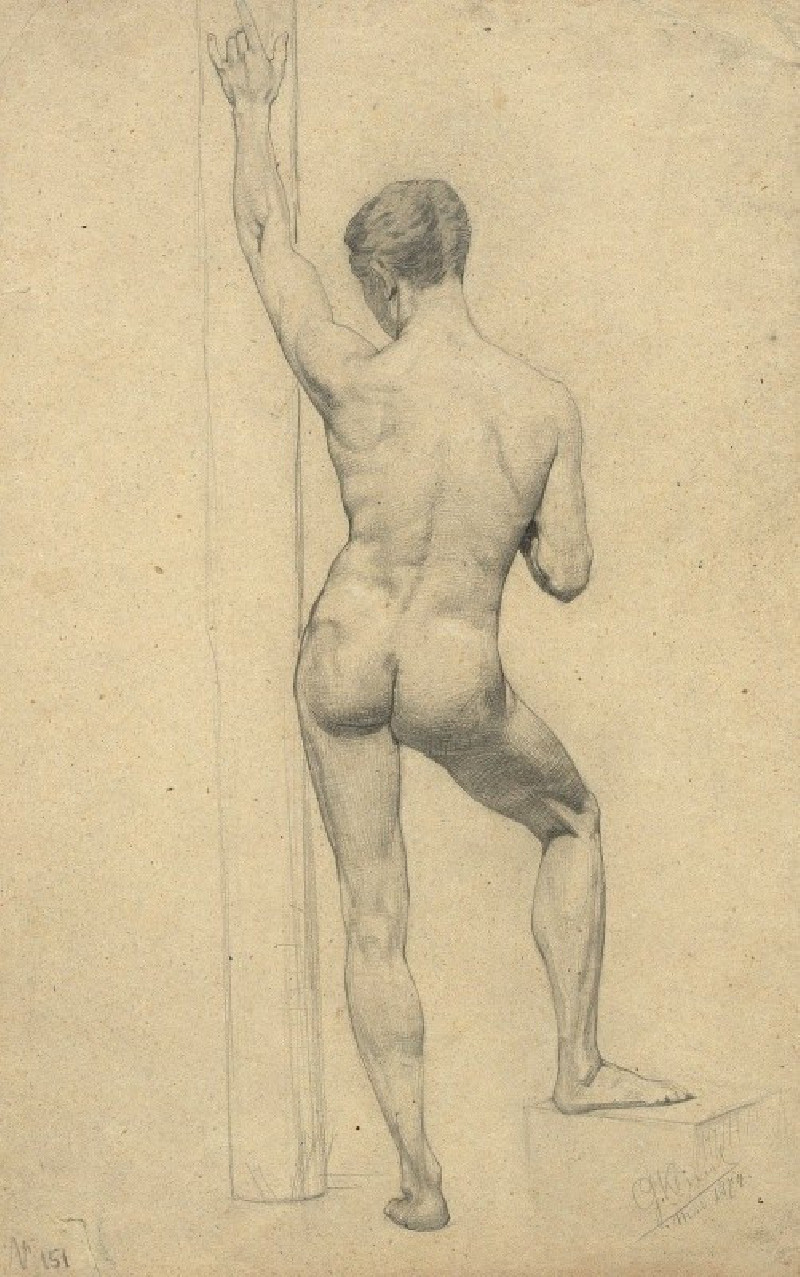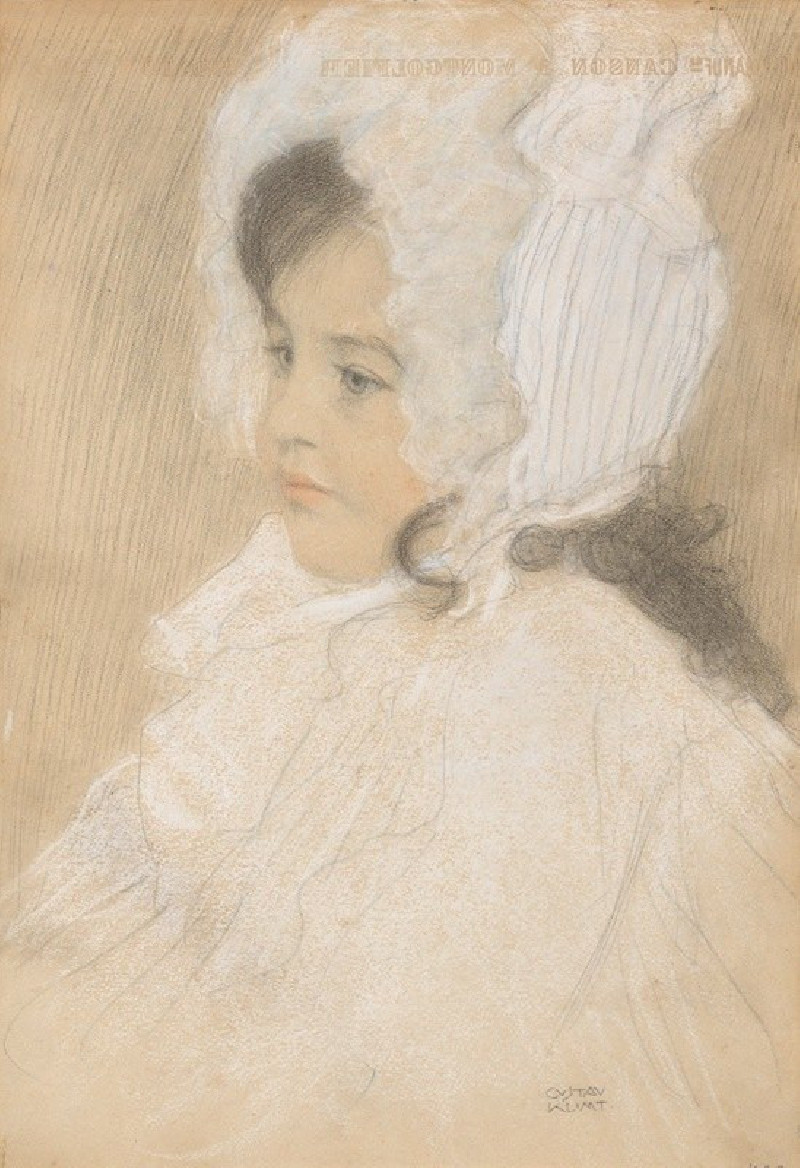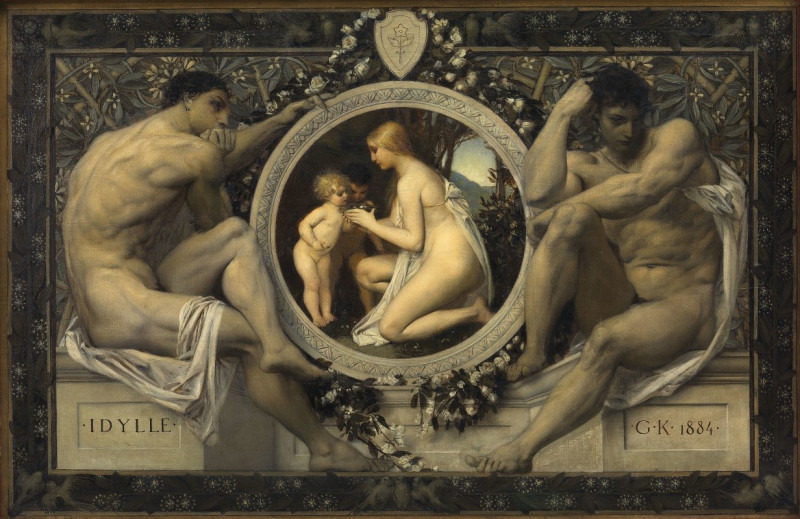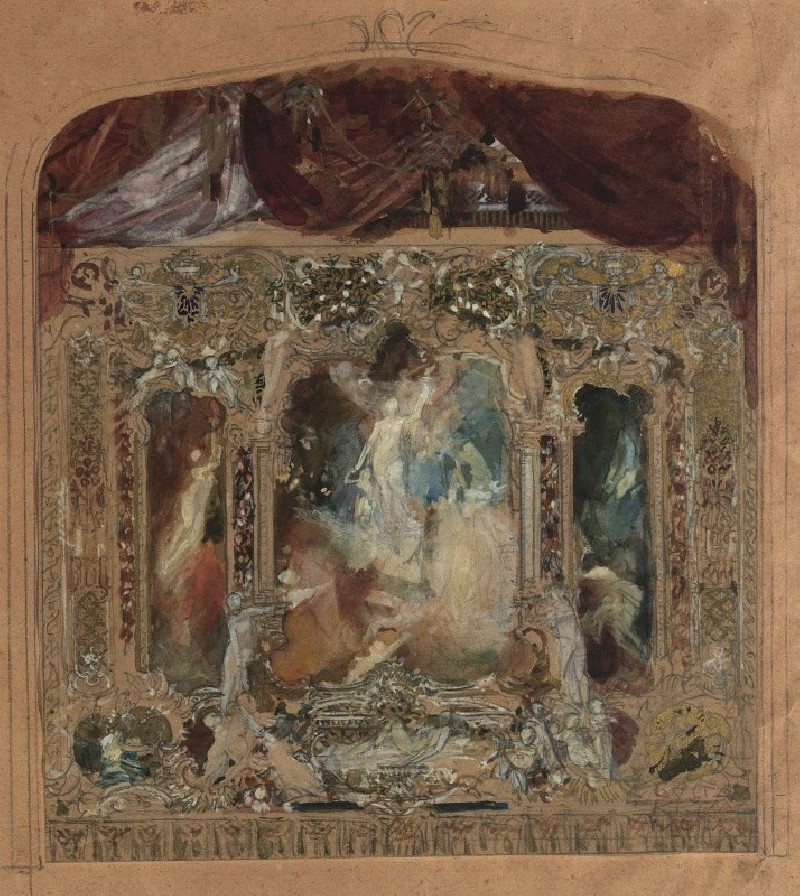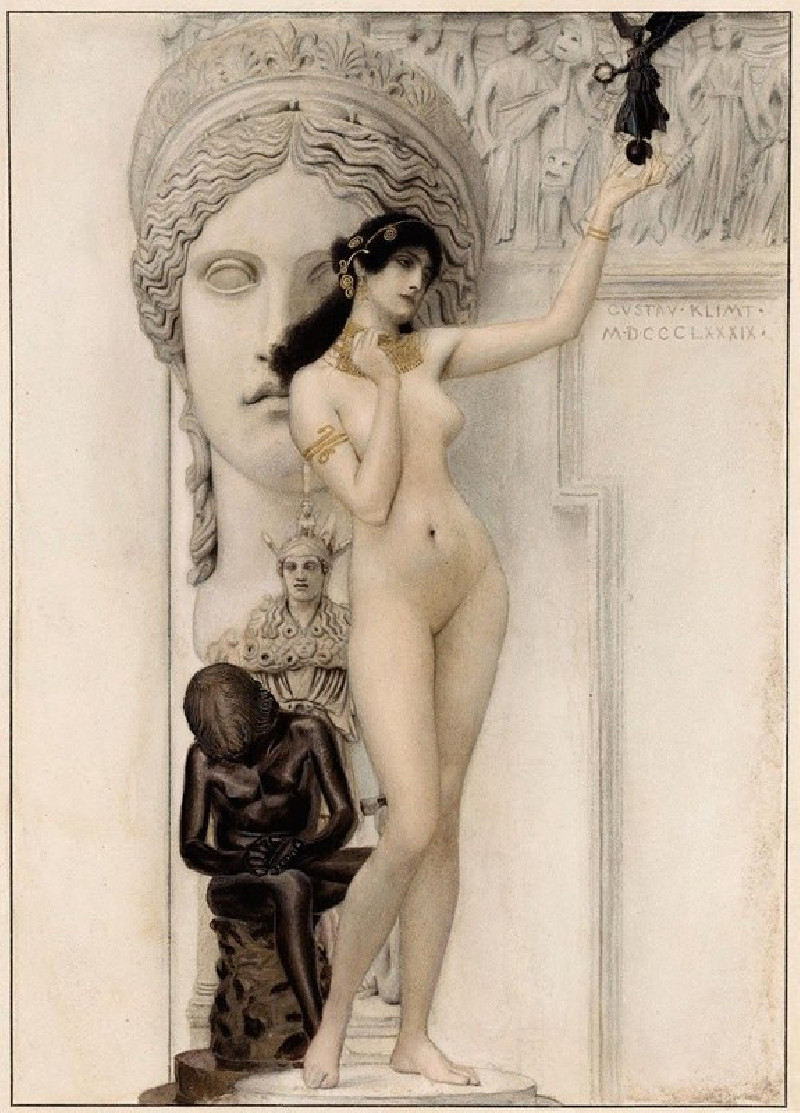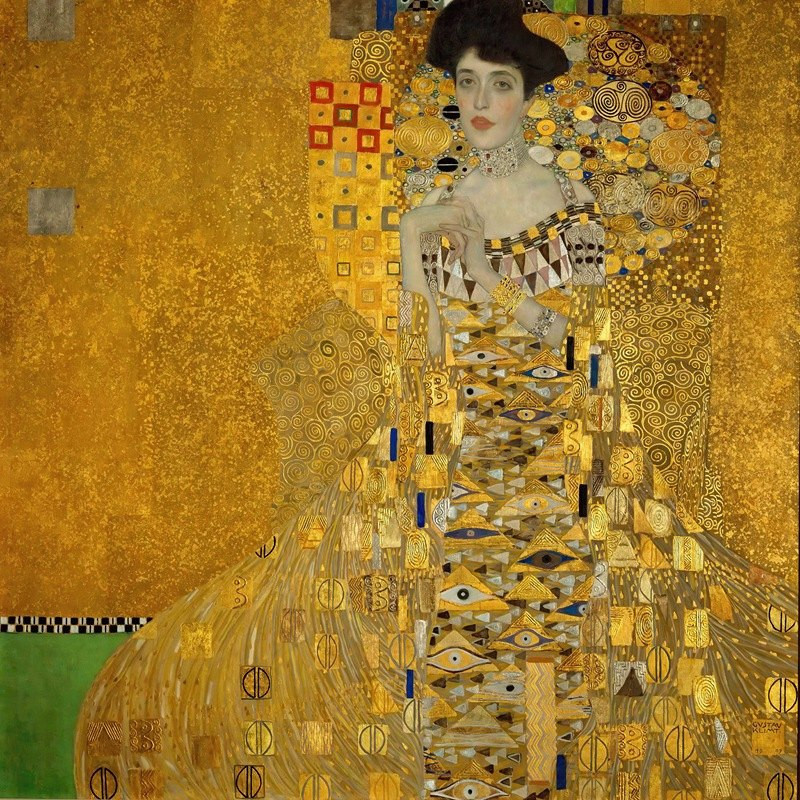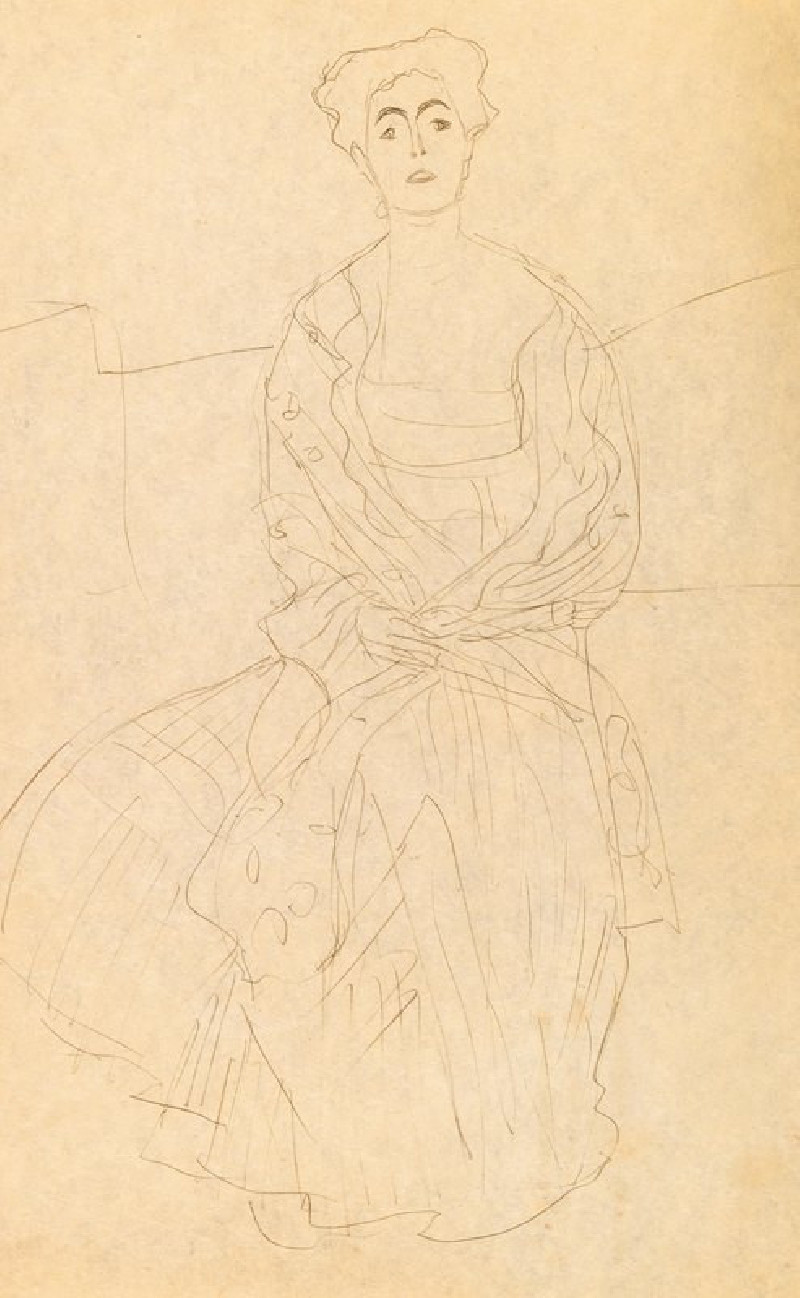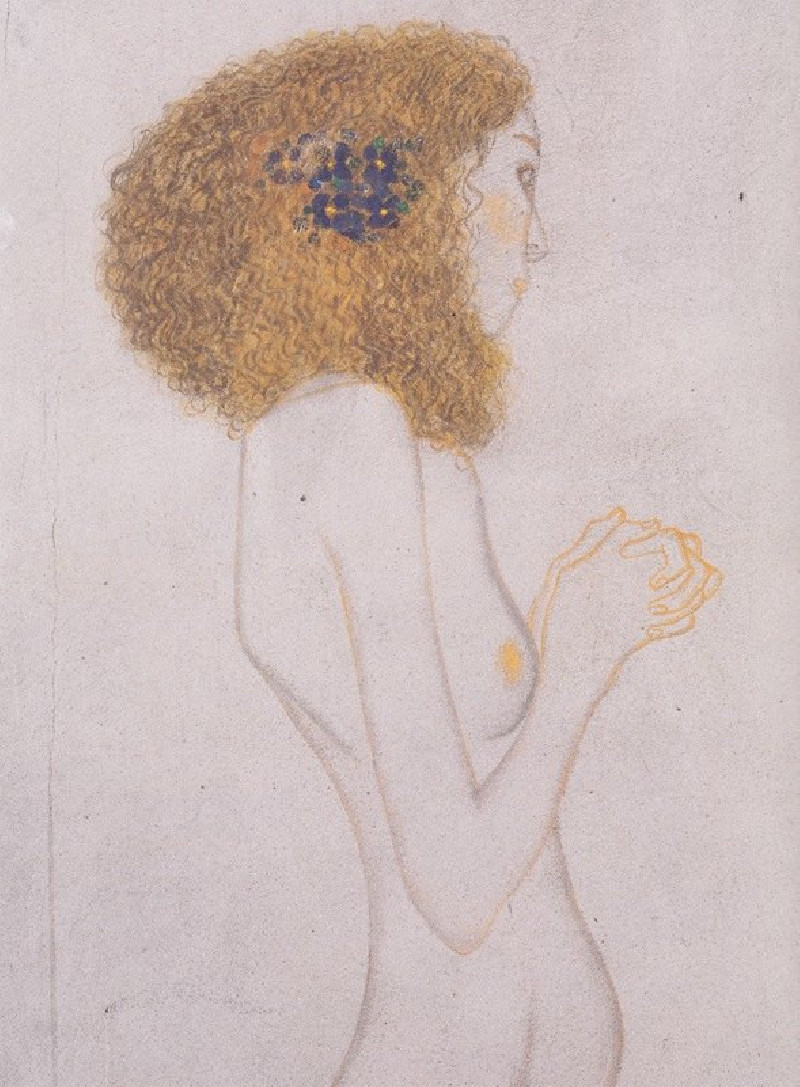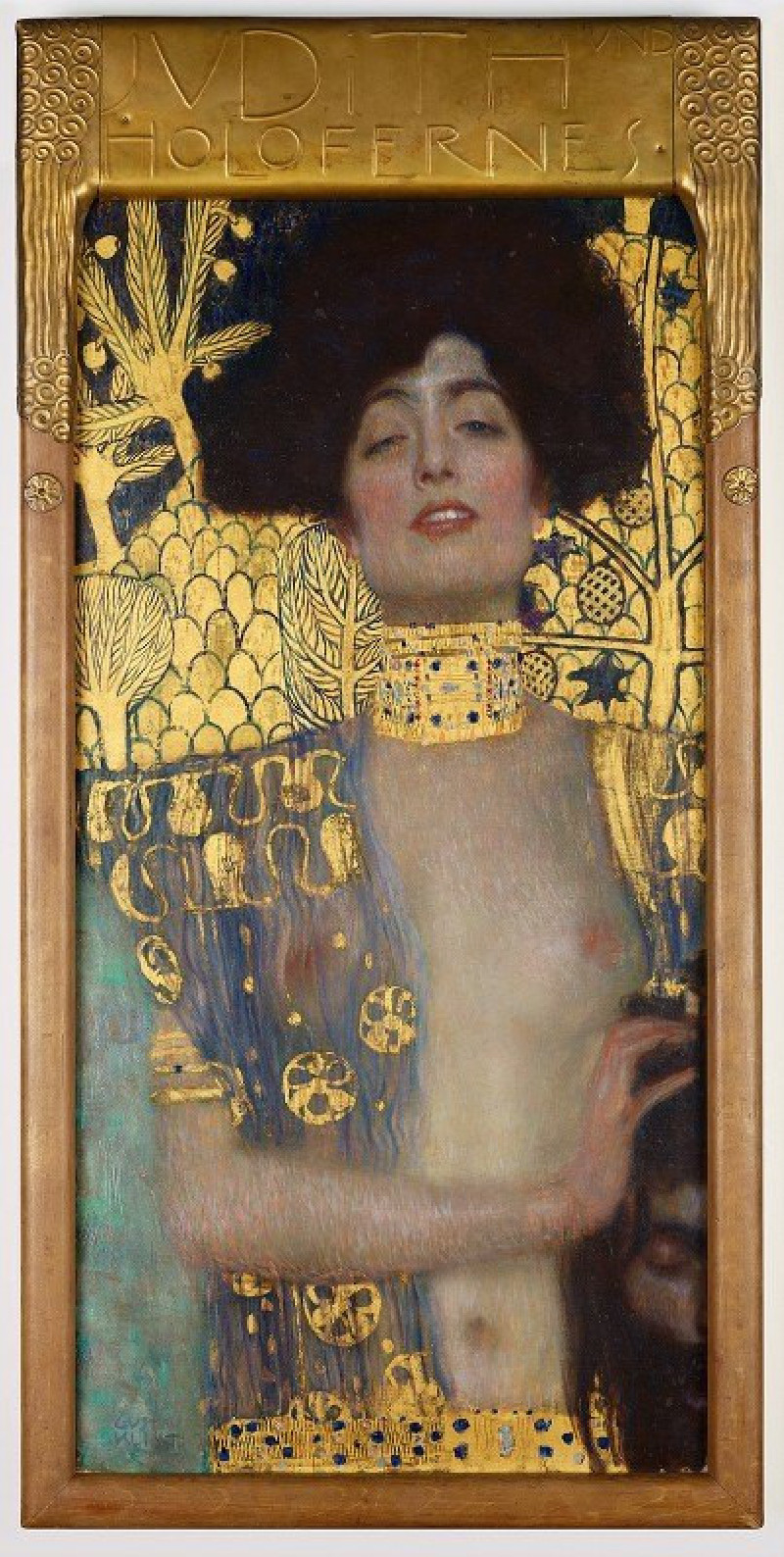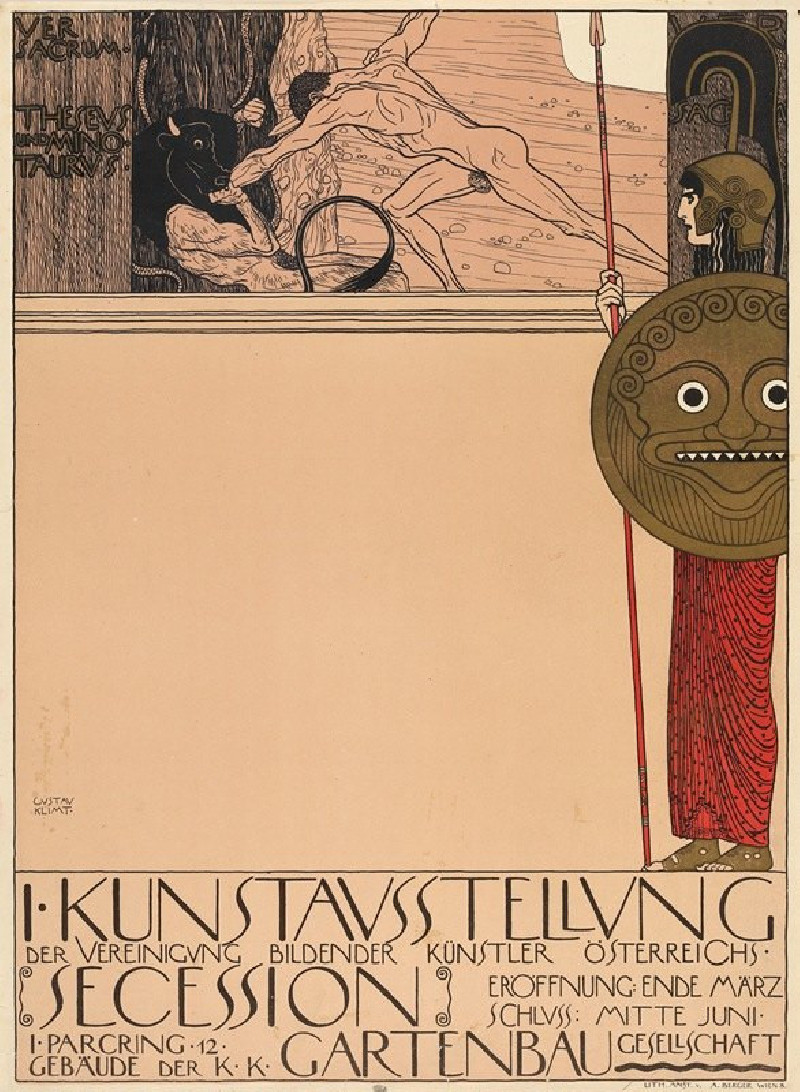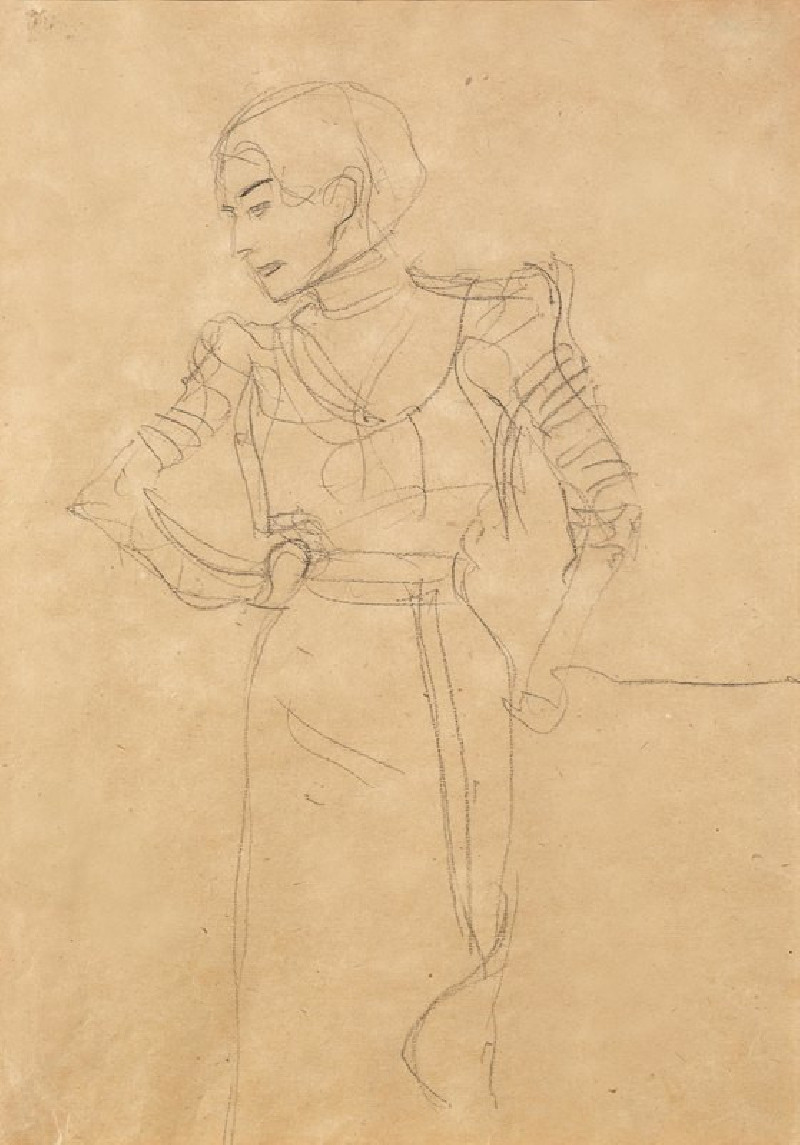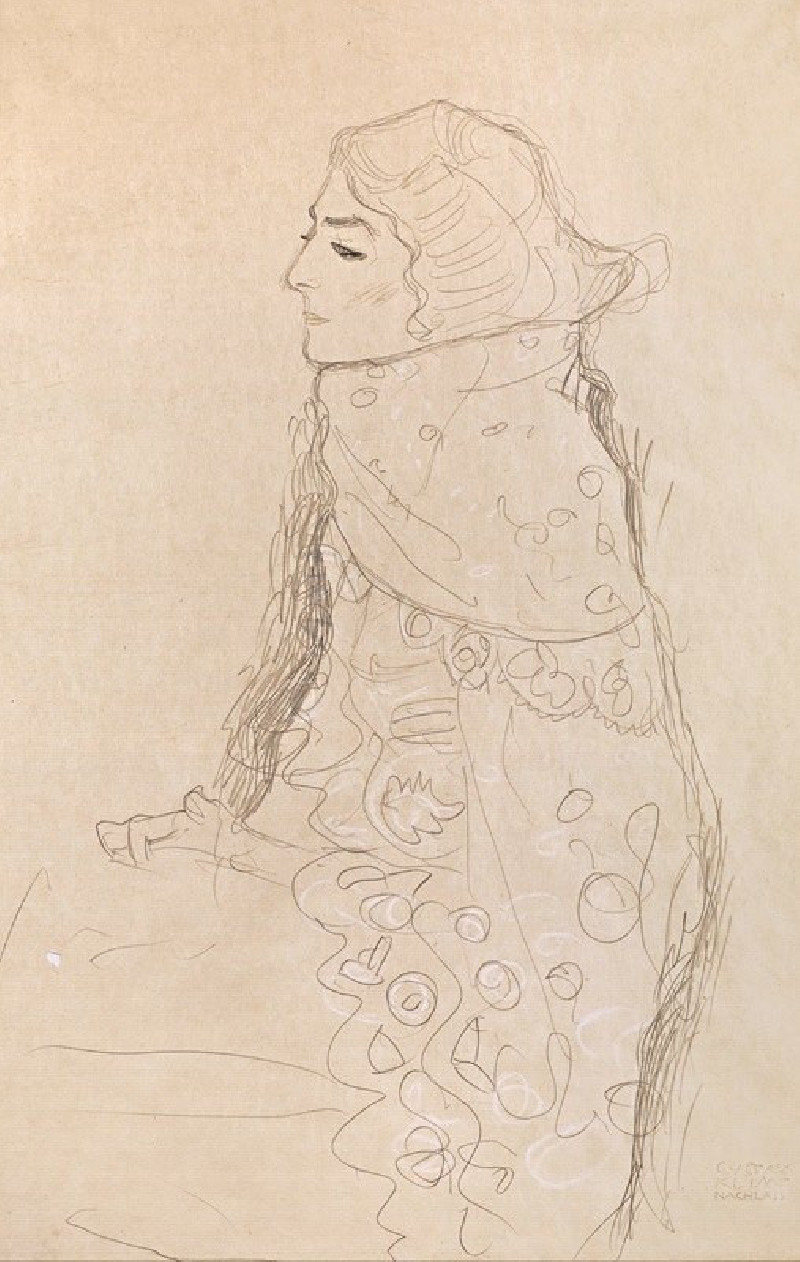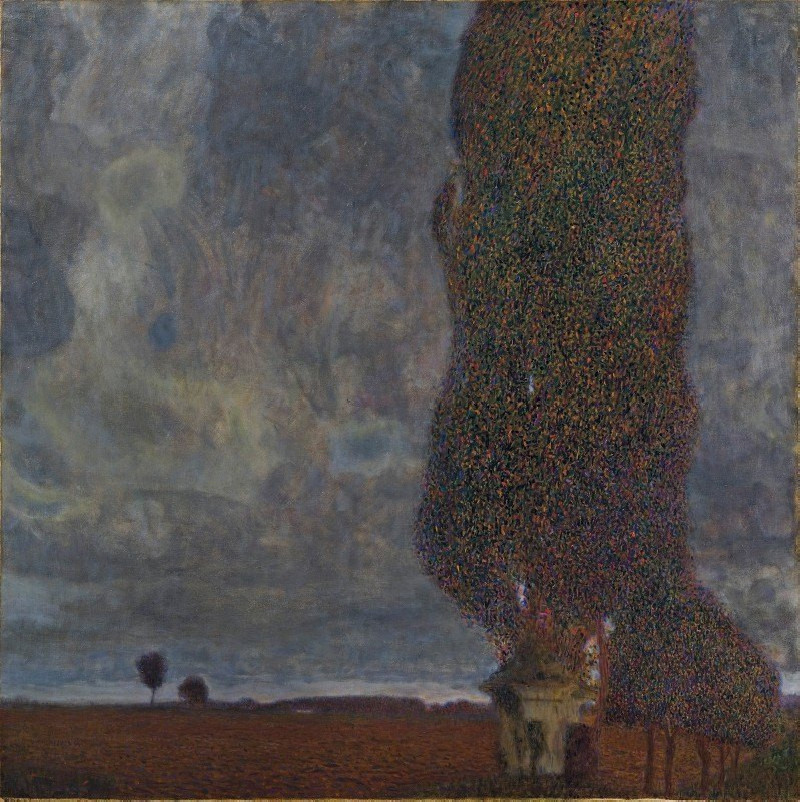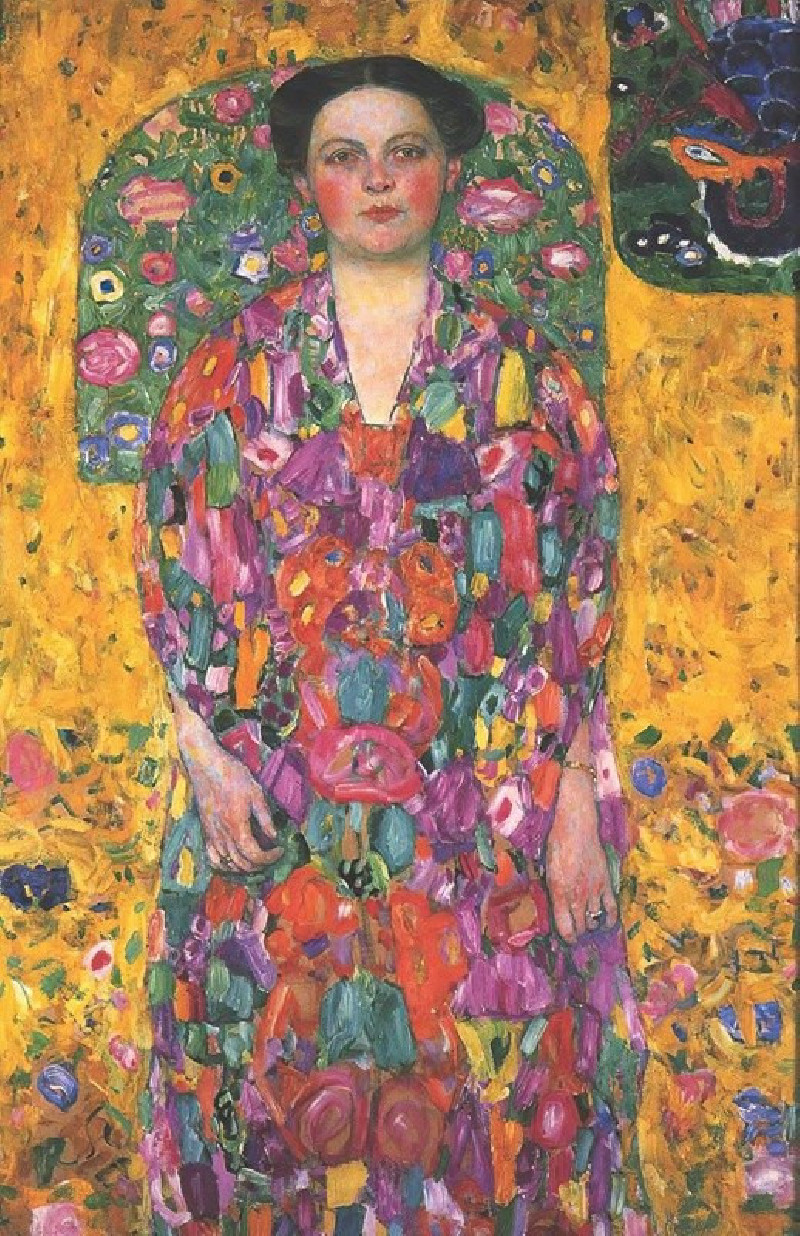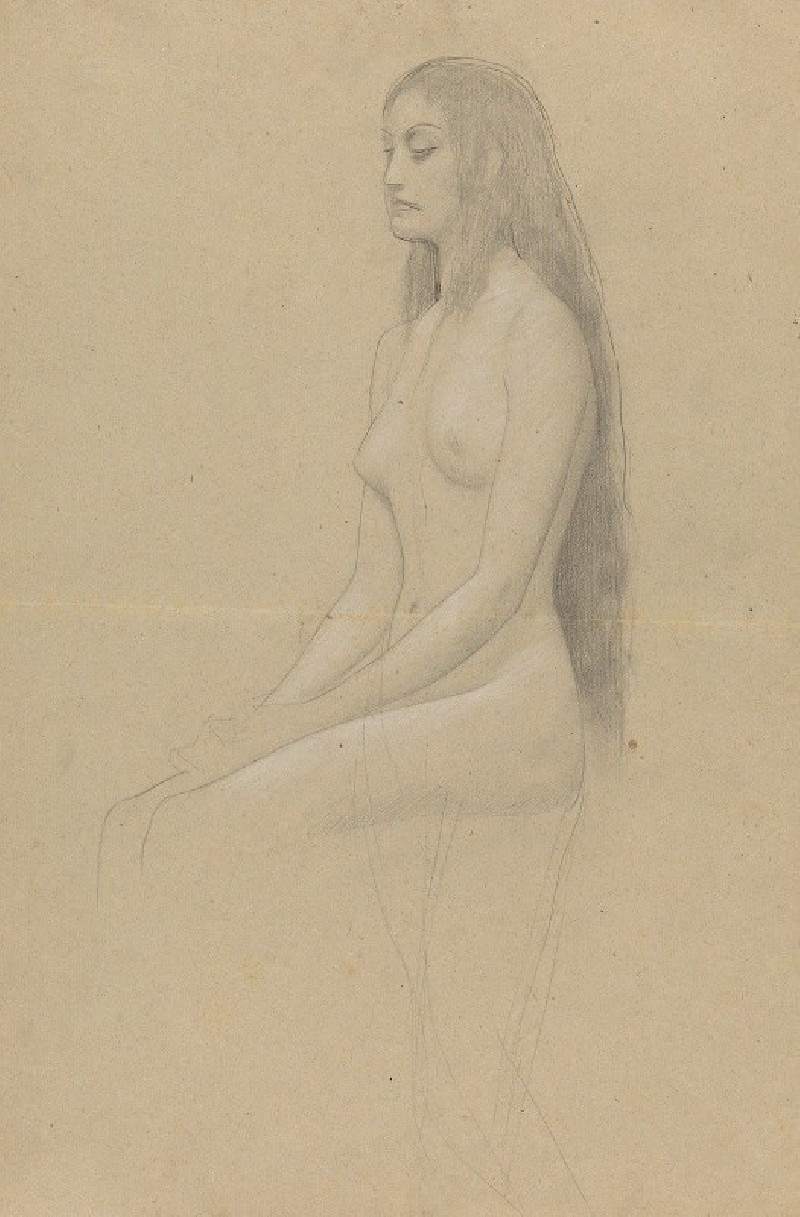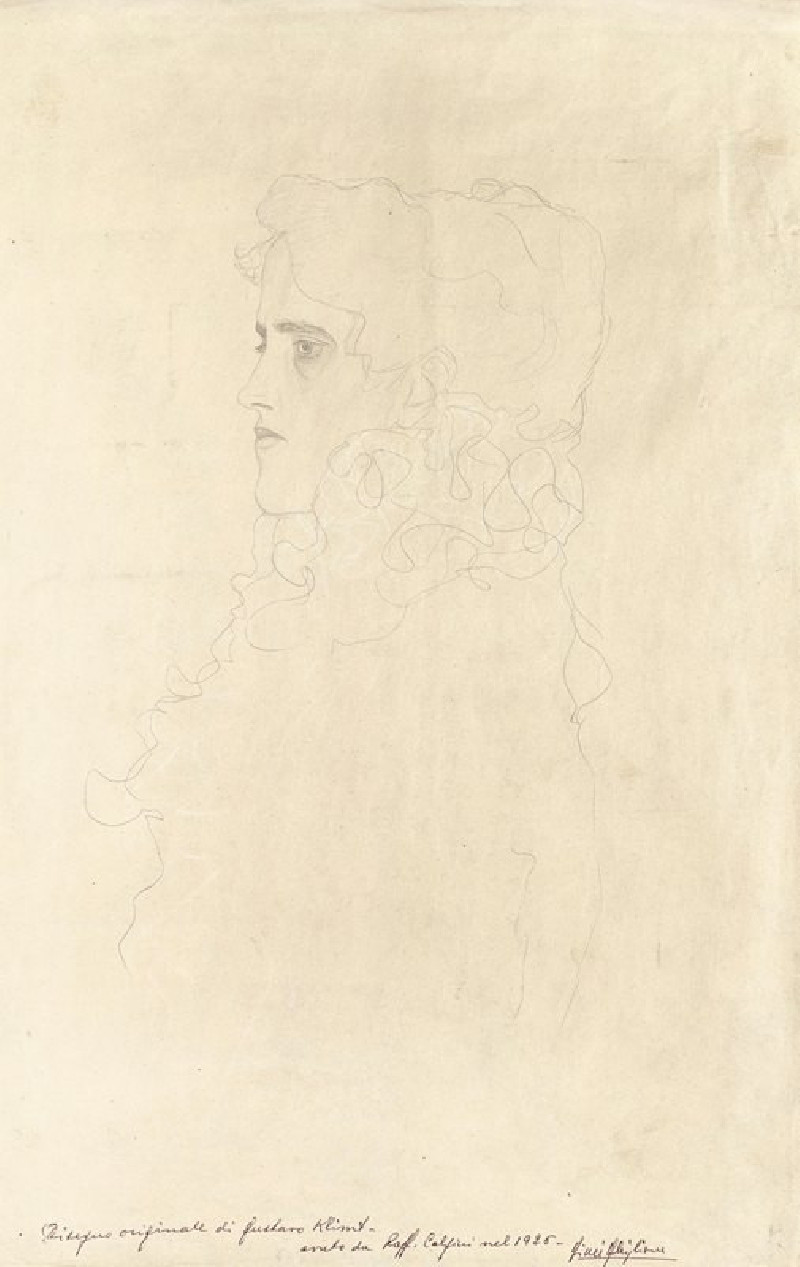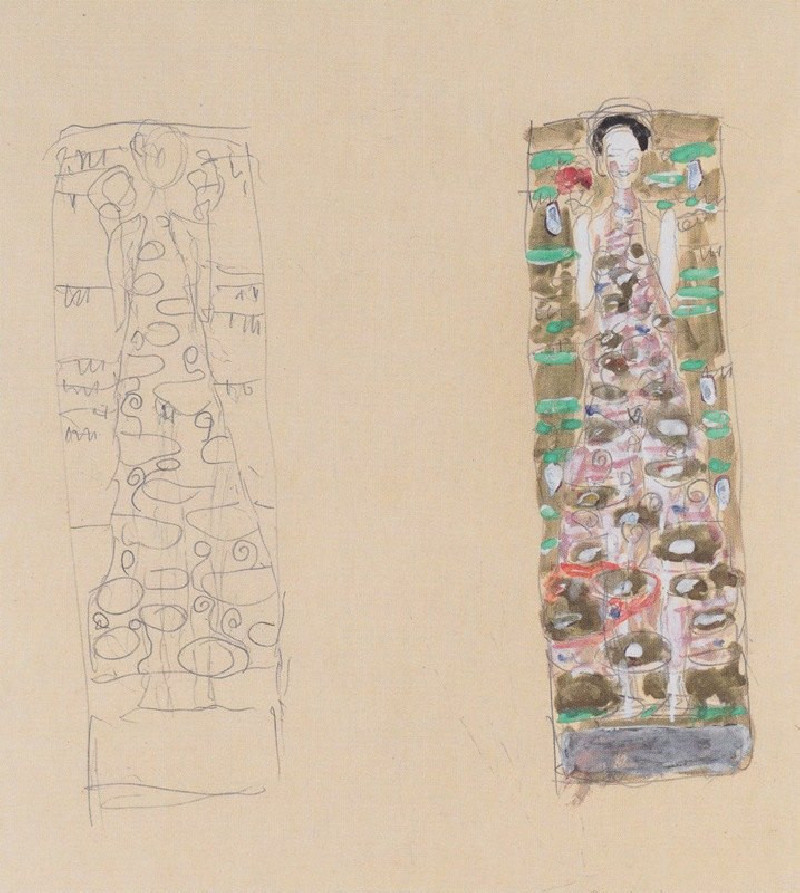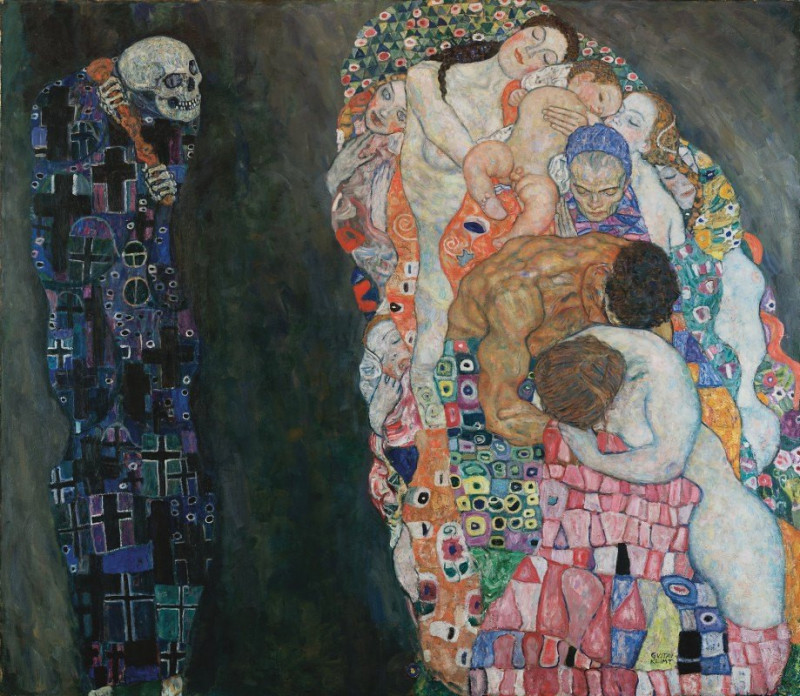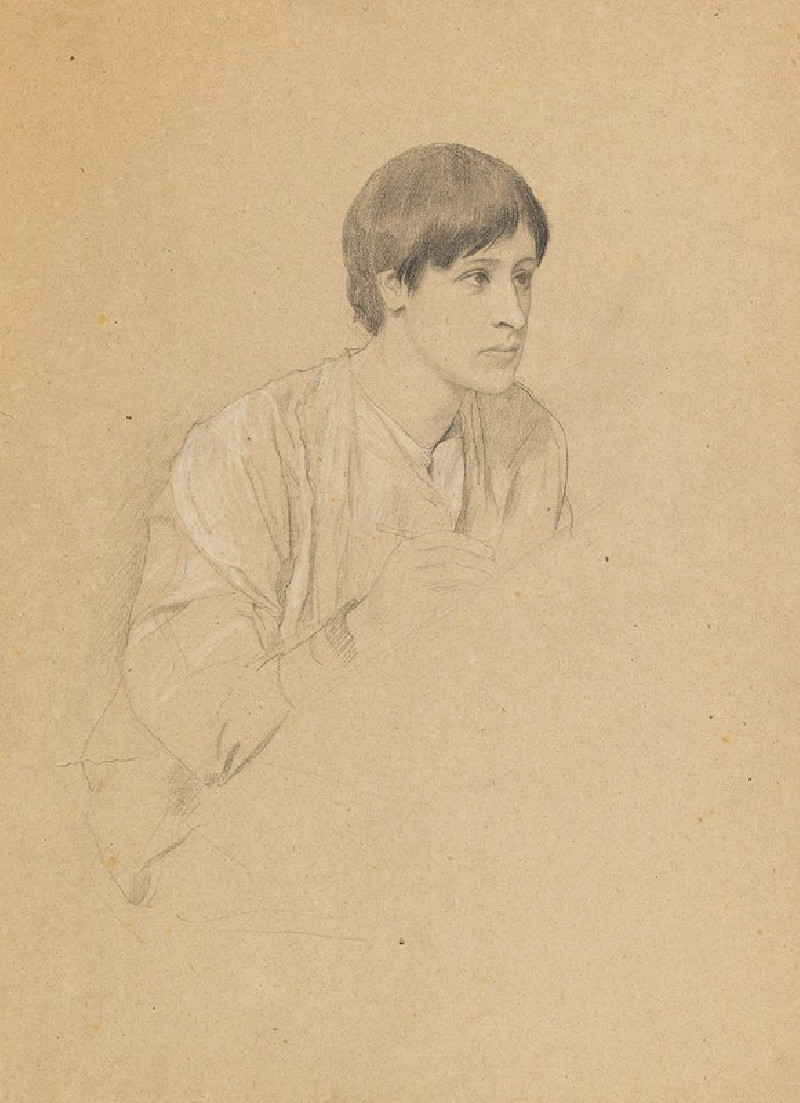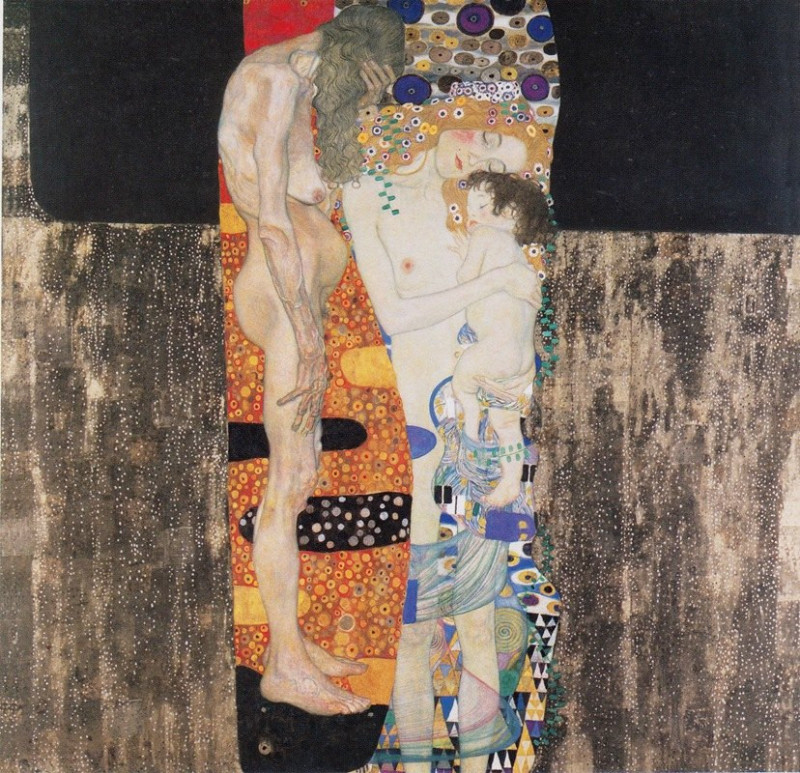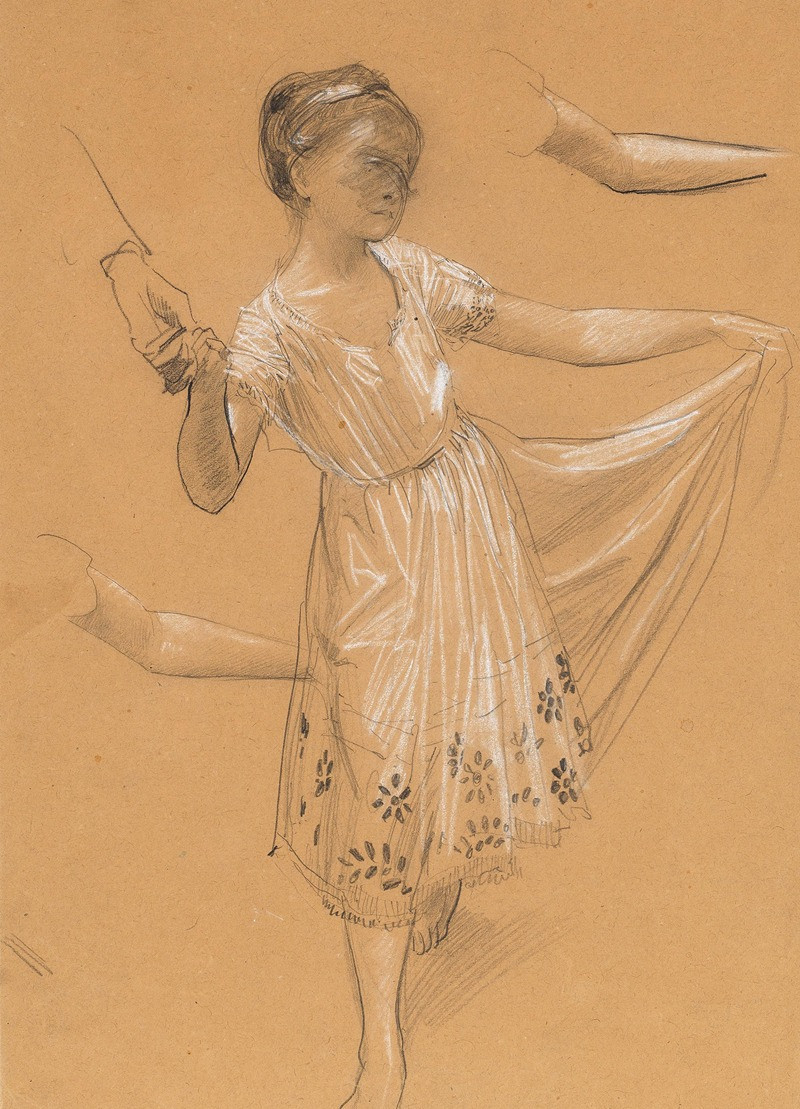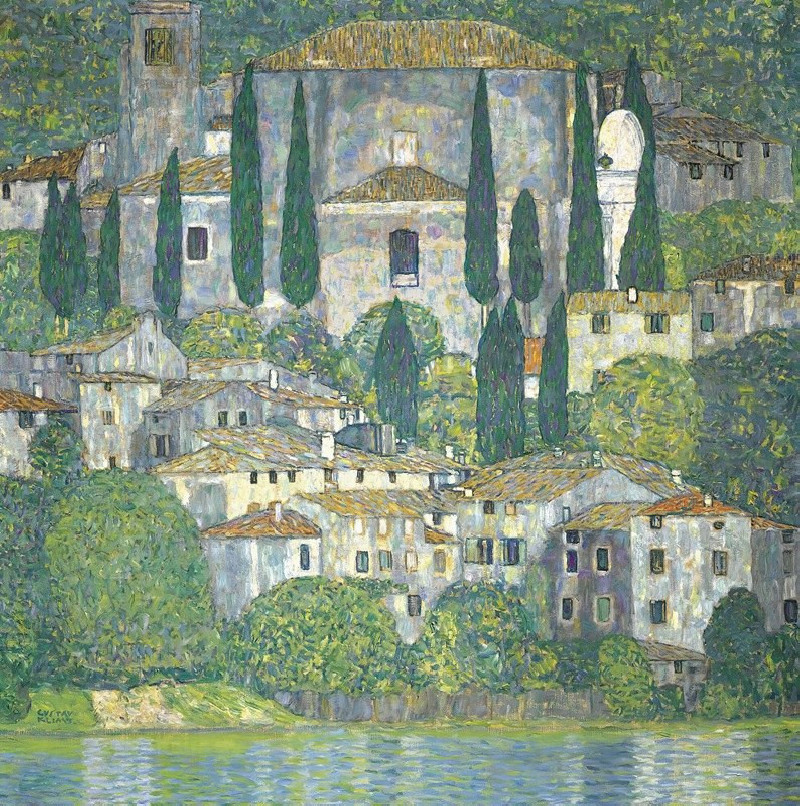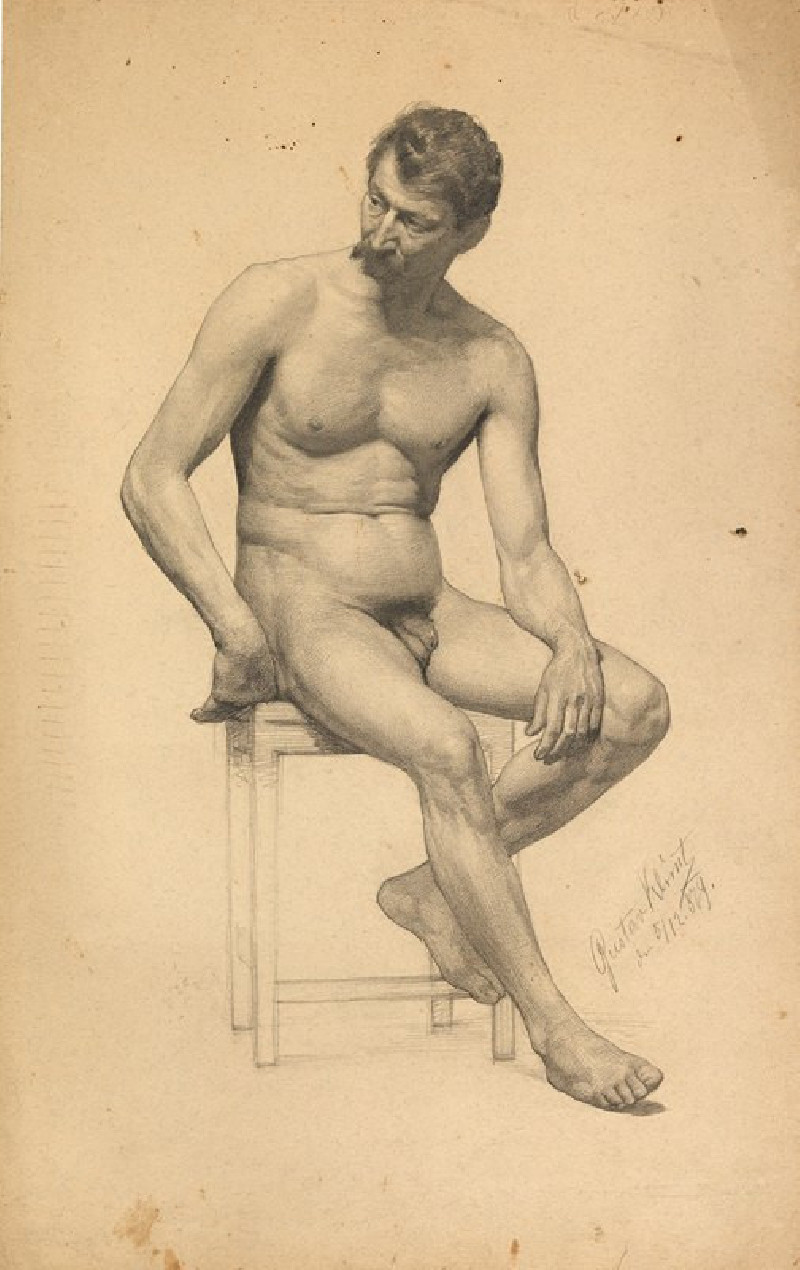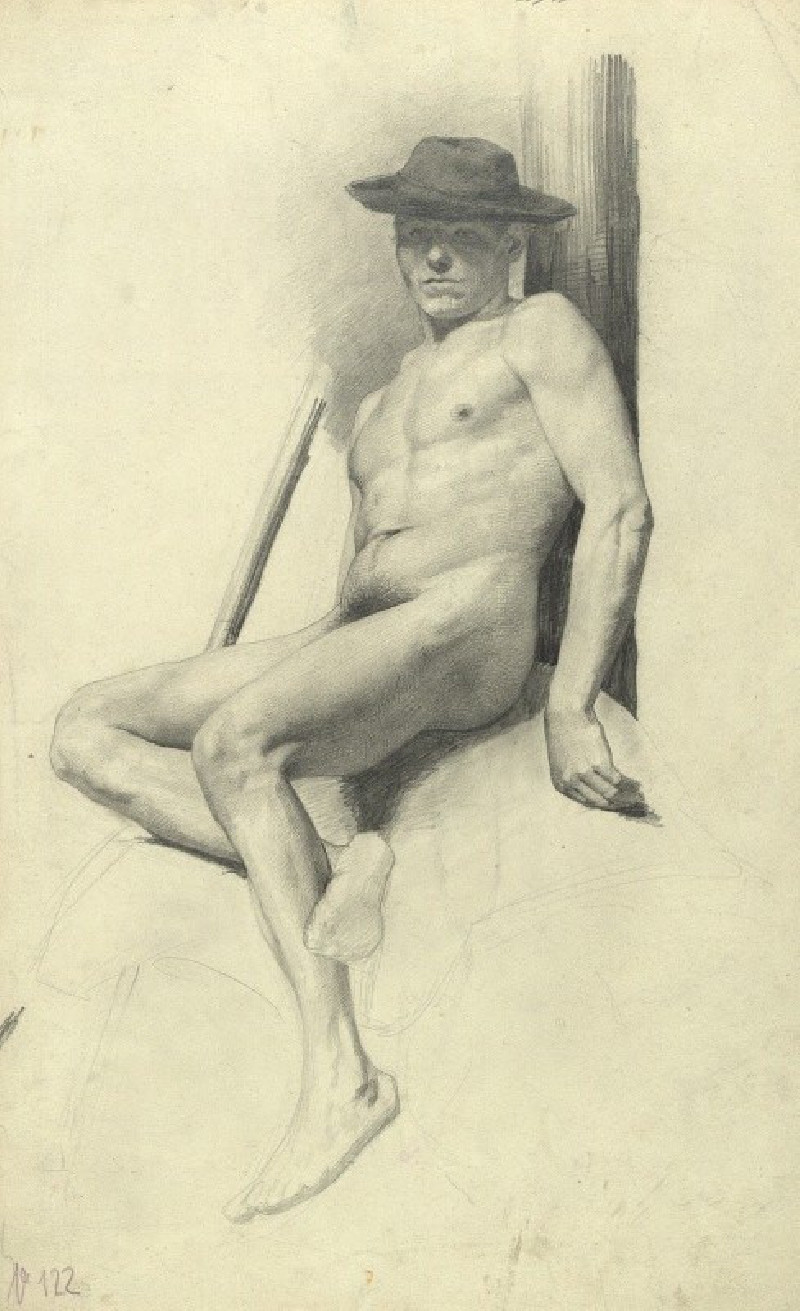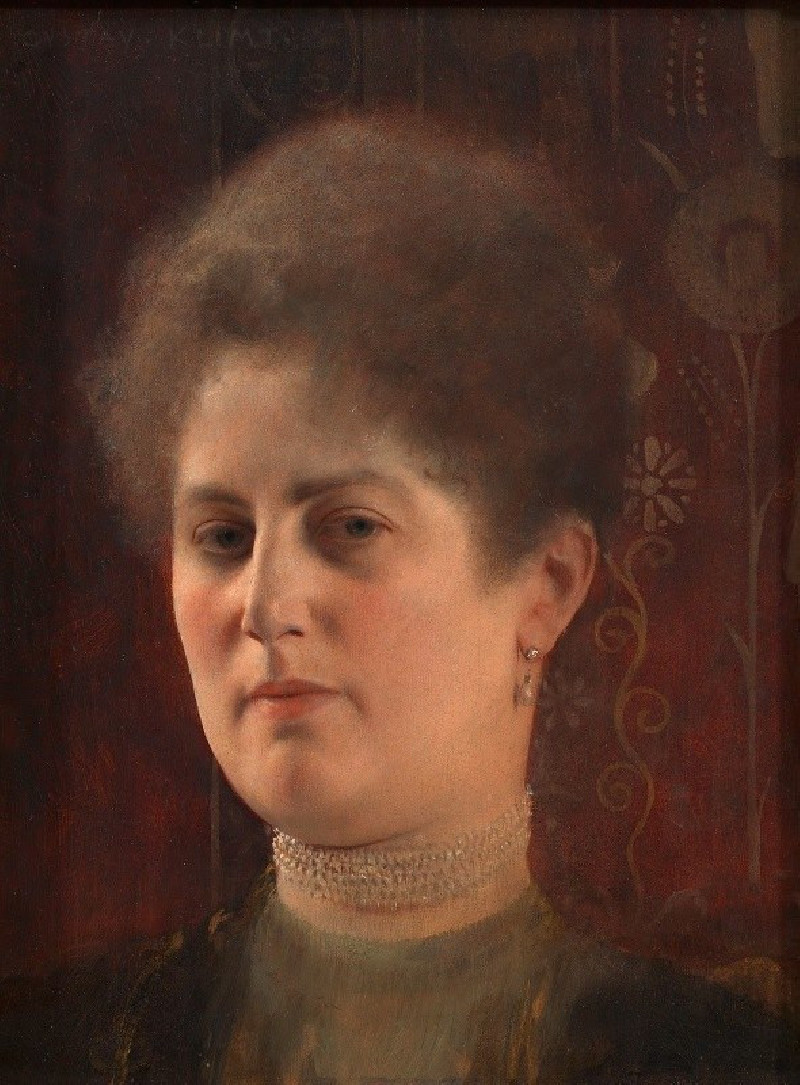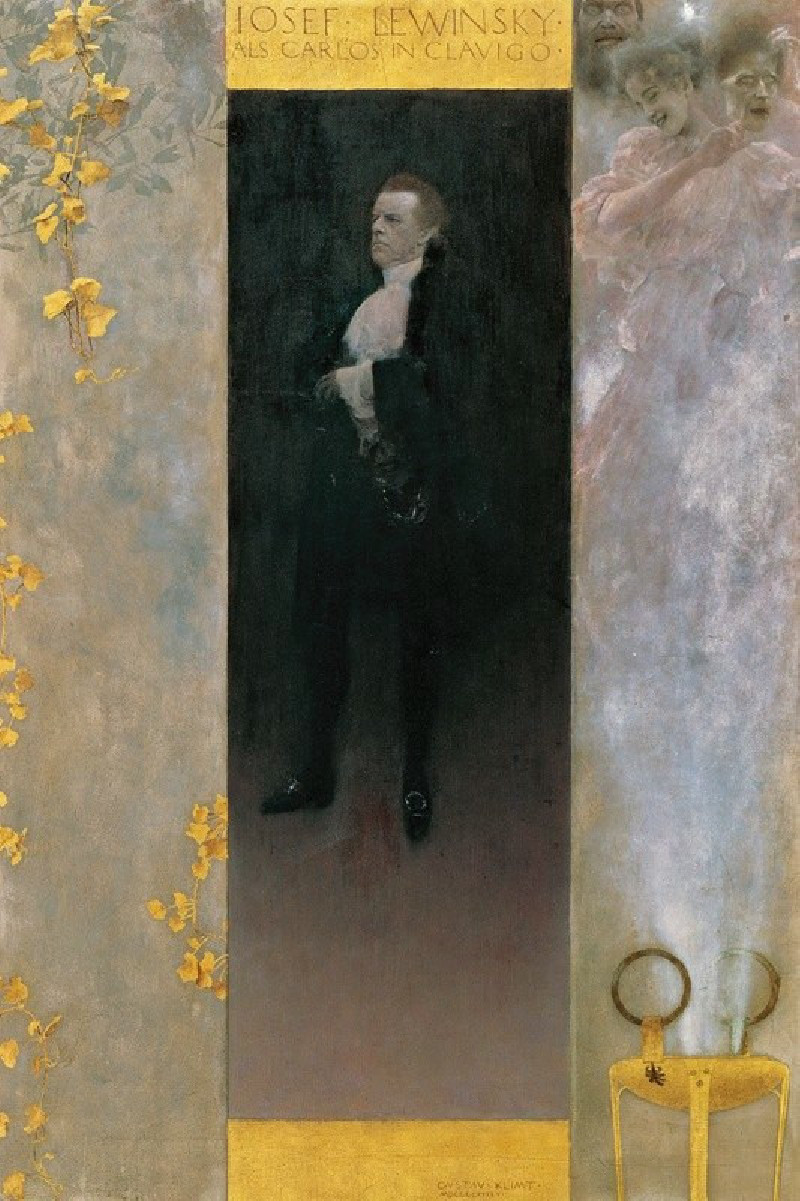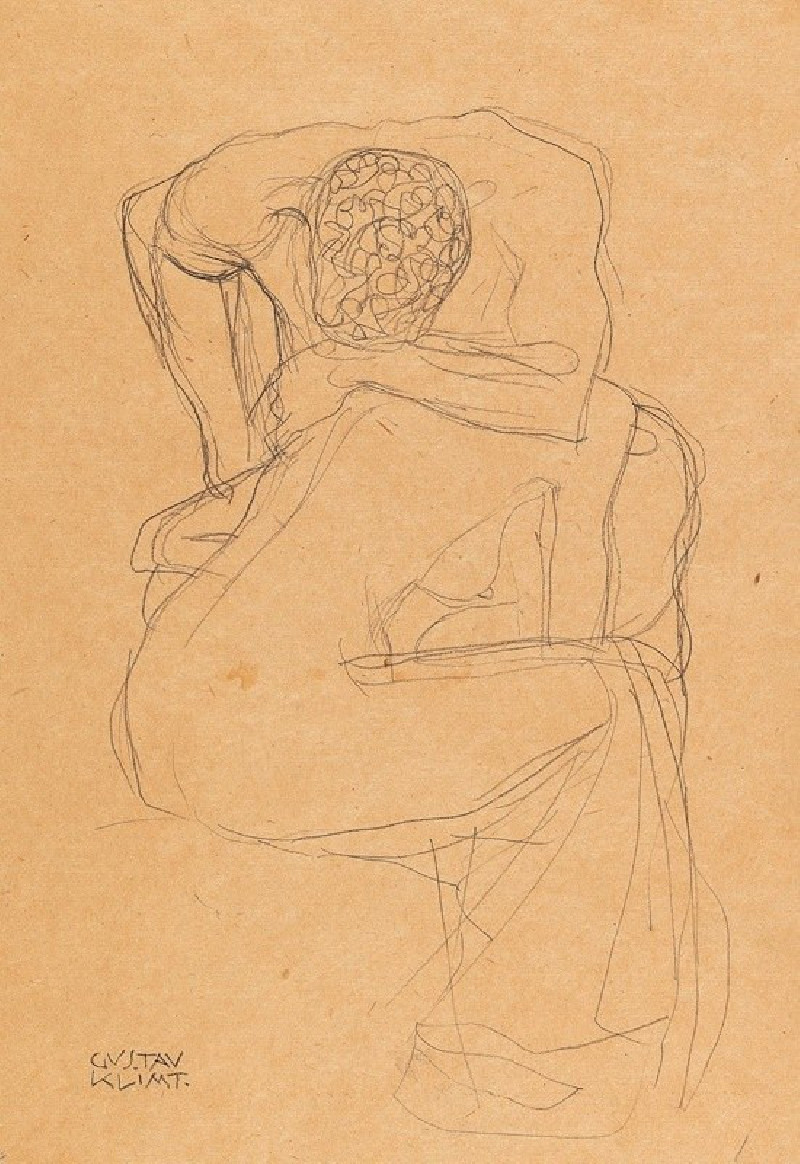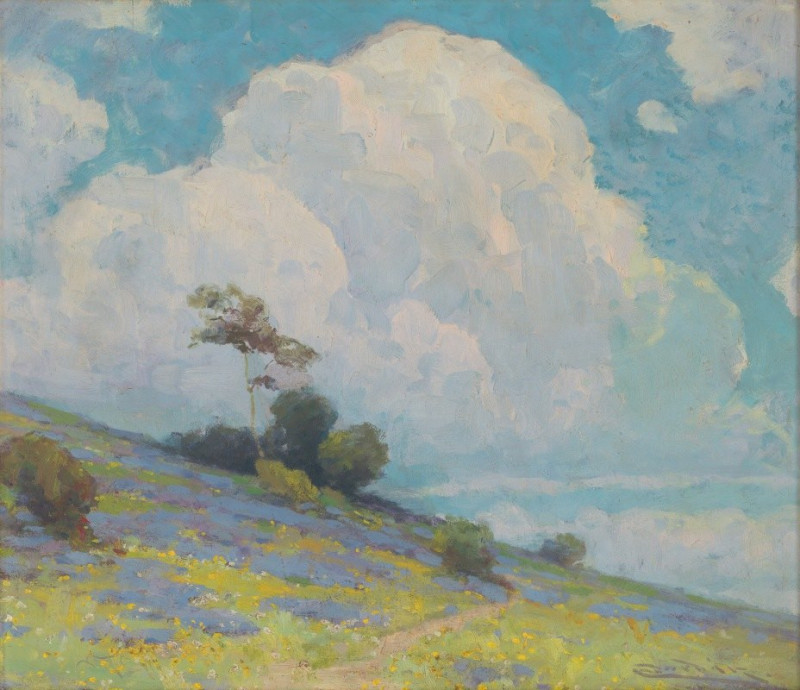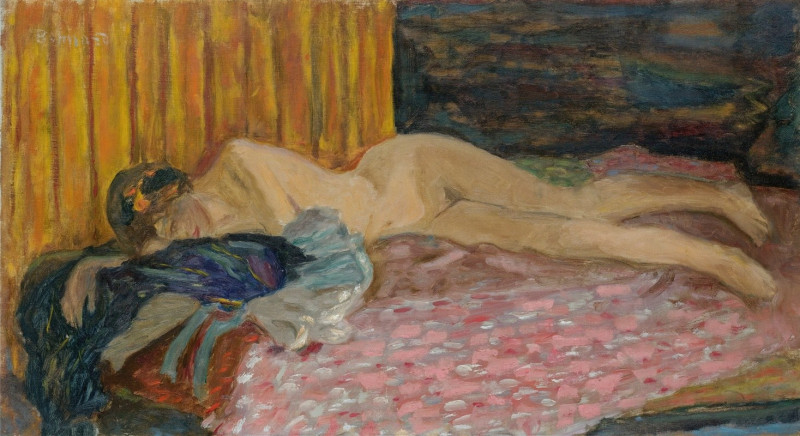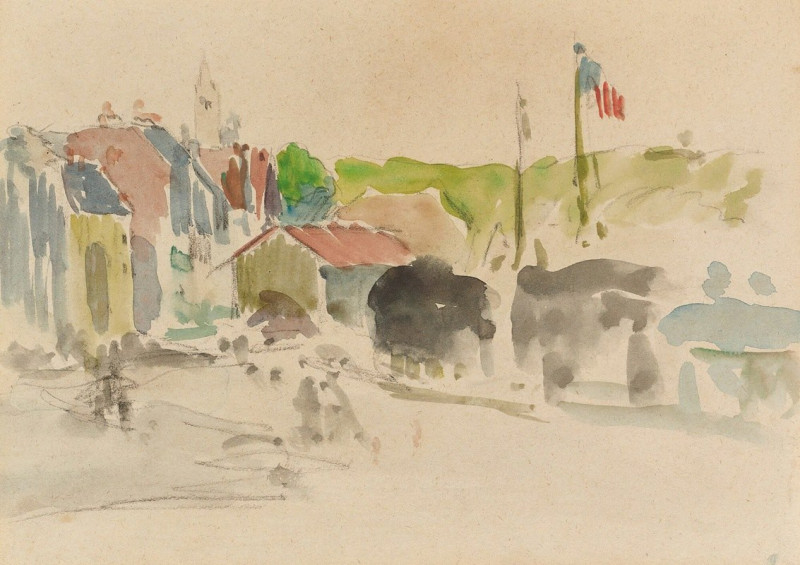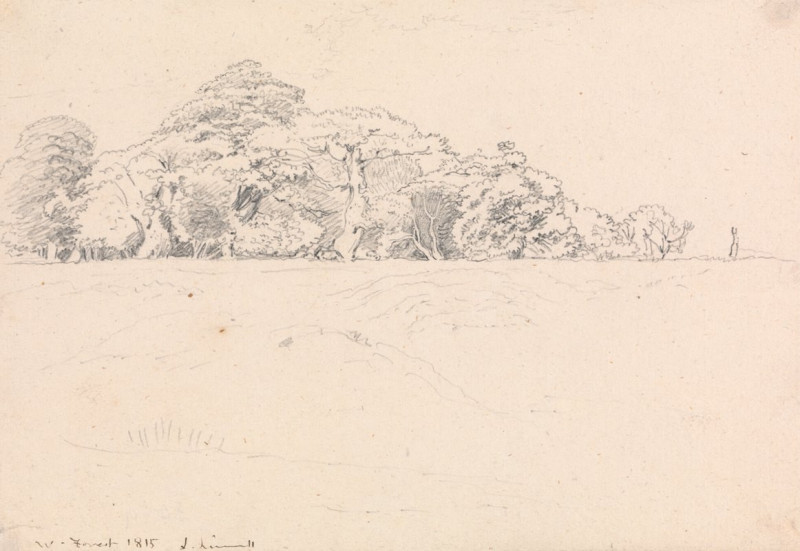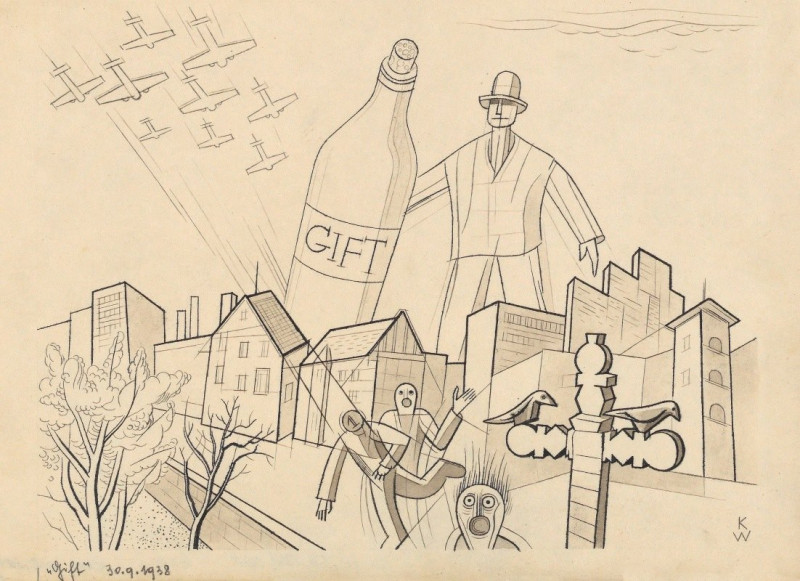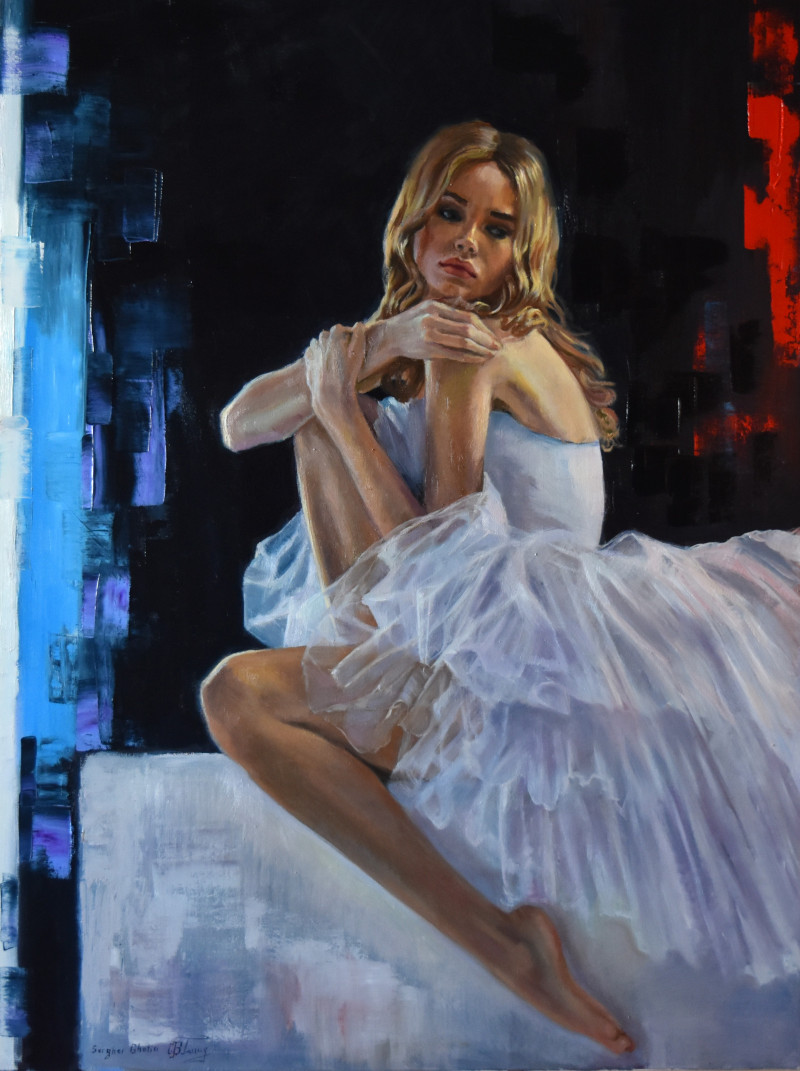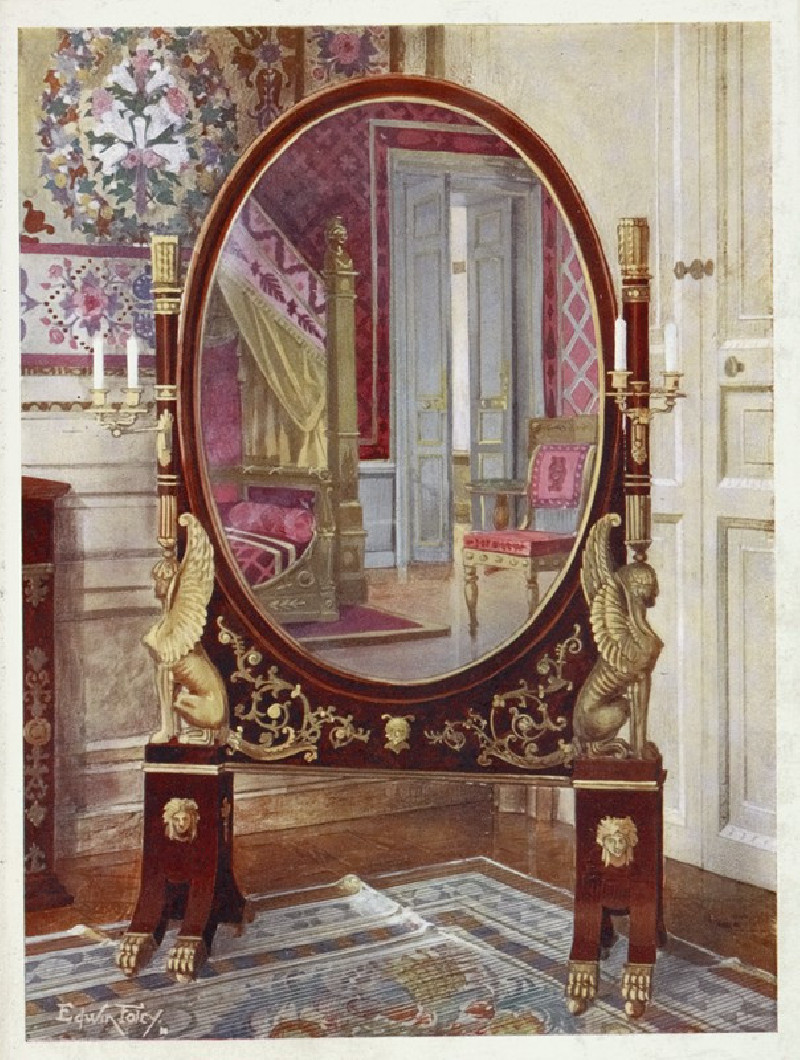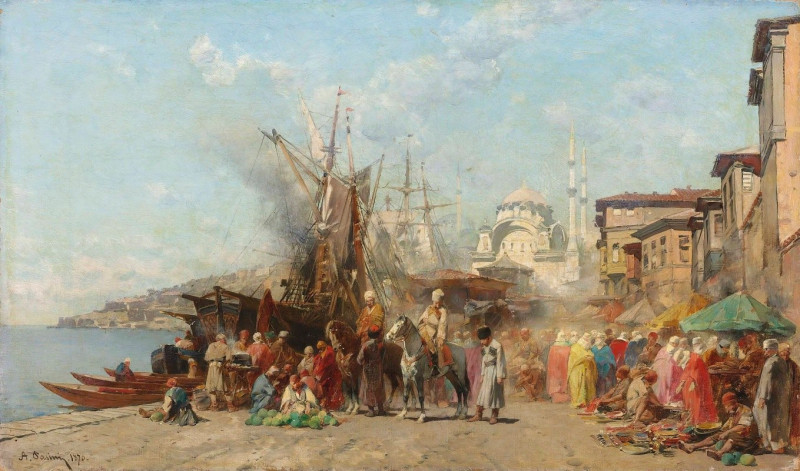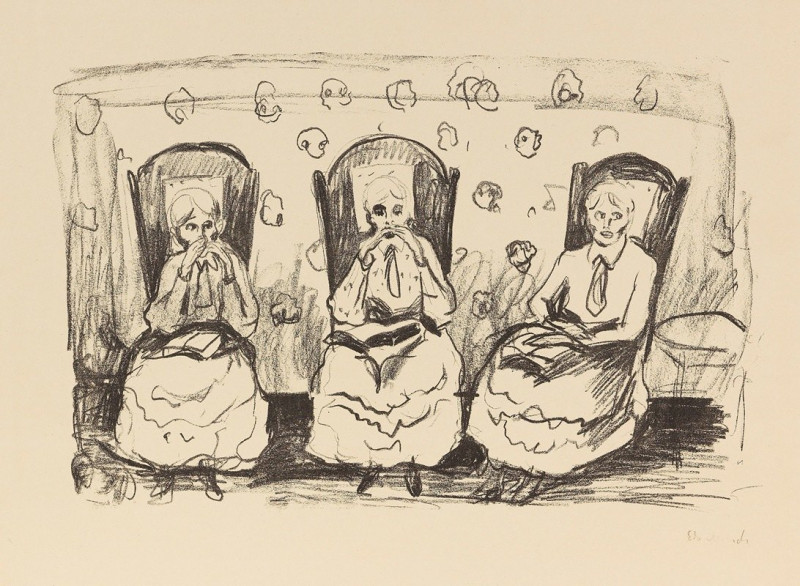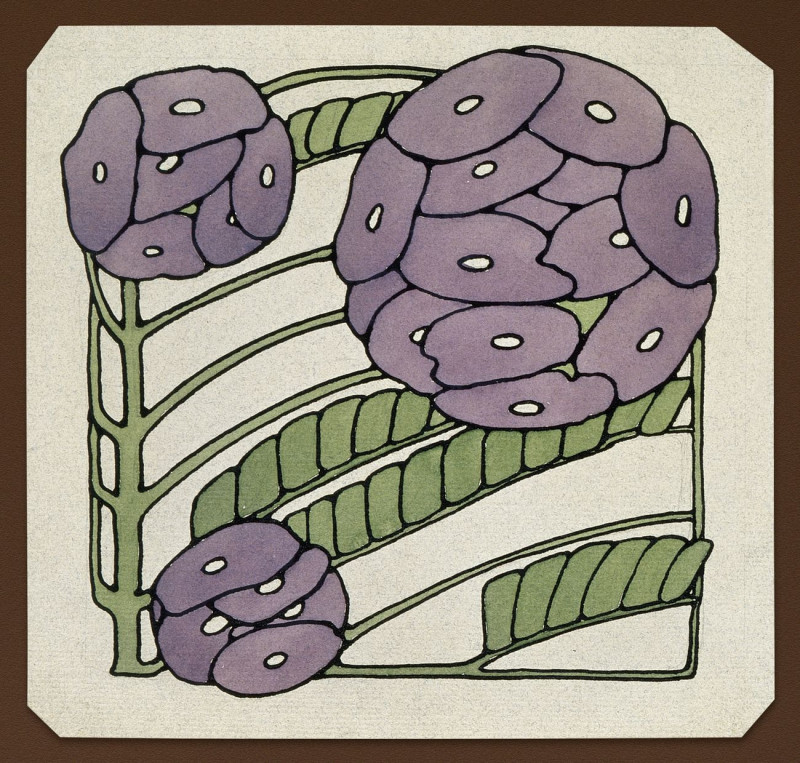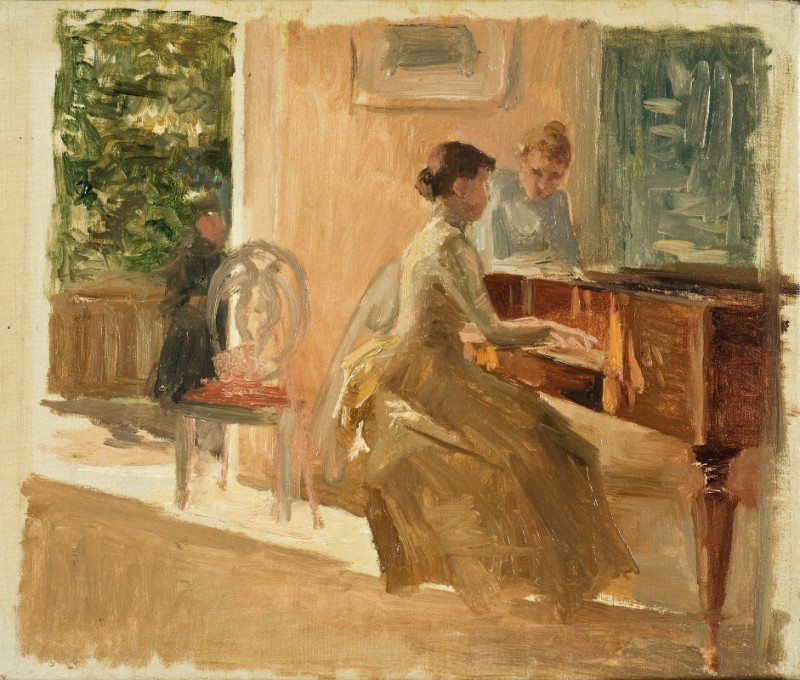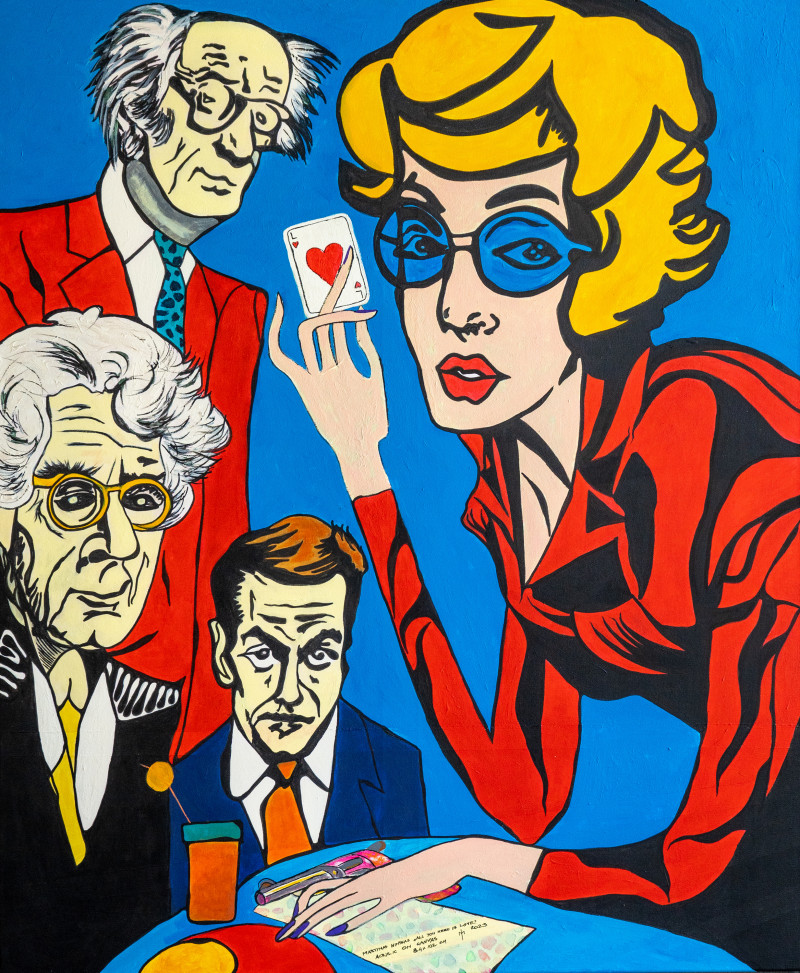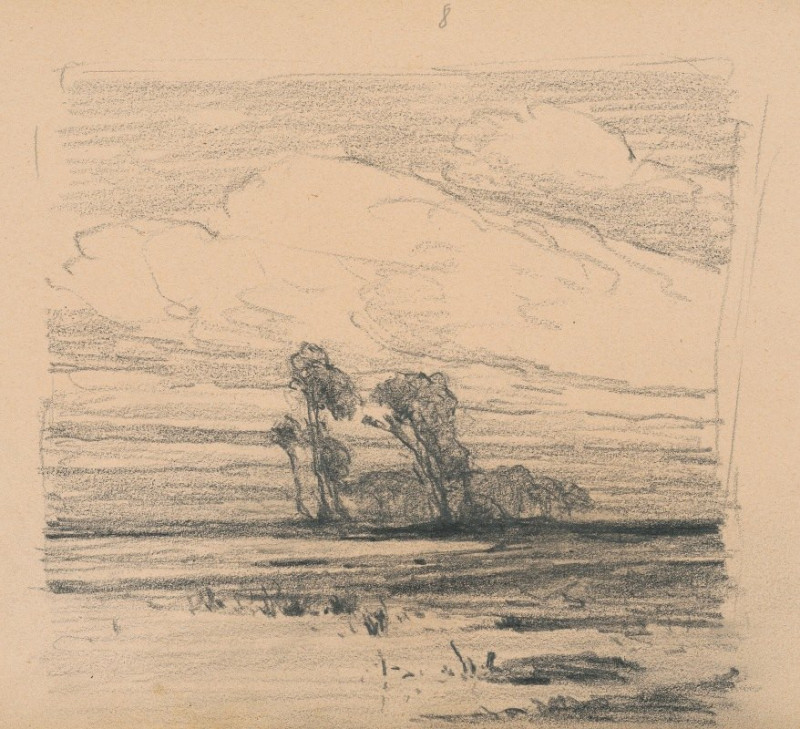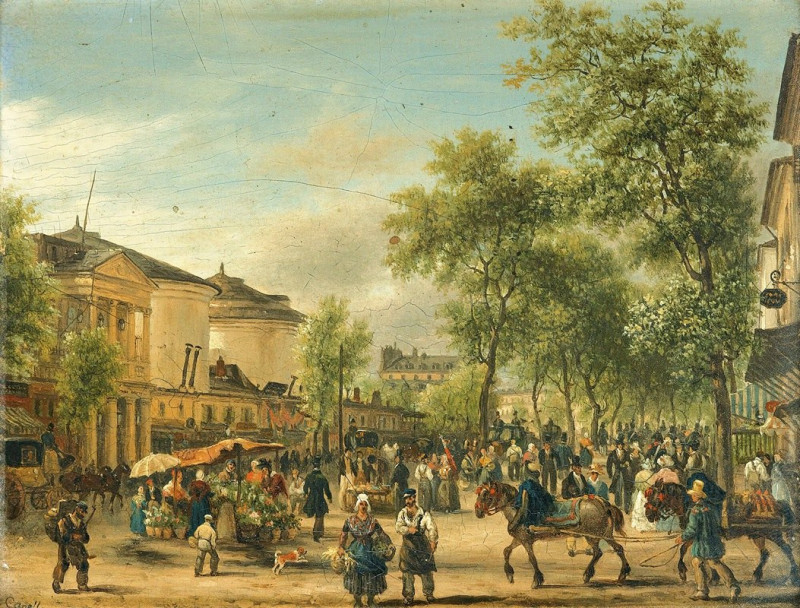Attersee (1900)
Technique: Giclée quality print
Recommended by our customers
More about this artwork
Gustav Klimt’s painting *Attersee* (1900), presents a captivating view of Lake Attersee, one of Austria’s most cherished landscapes. This enchanting scene, devoid of human figures, focuses solely on the interplay of light and color over the water’s surface. Klimt's mastery is evident in how he captures the reflective quality of the lake, using an array of blue and green hues that shimmer across the canvas, suggesting the gentle movement of water.Unlike his more famous, ornately golden portraits, this landscape painting reveals Klimt’s ability to harness subtlety and tranquility. The distant hills that emerge hazily in the background contrast softly with the vividly patterned water, creating a meditative, almost ethereal quality. Klimt’s use of a simple yet profound composition invites viewers to pause and immerse themselves in the serene beauty of nature, offering a momentary escape from the everyday.
Delivery
Returns
Gustav Klimt (1862–1918) was one of the greatest Austrian symbolist painters of the Art Nouveau era. Renowned as one of the most prominent founding members, and as a president of the Vienna Art Nouveau movement (Vienna Secession). His works were mainly paintings, murals, and sketches. Marked by his numerous erotic drawings, Klimt's primary subject were female figures, and at one point his work was even criticized as pornographic. Klimt found financial success in his "Golden Phase" with decorative techniques and the prominent use of gold leaf in his paintings.

